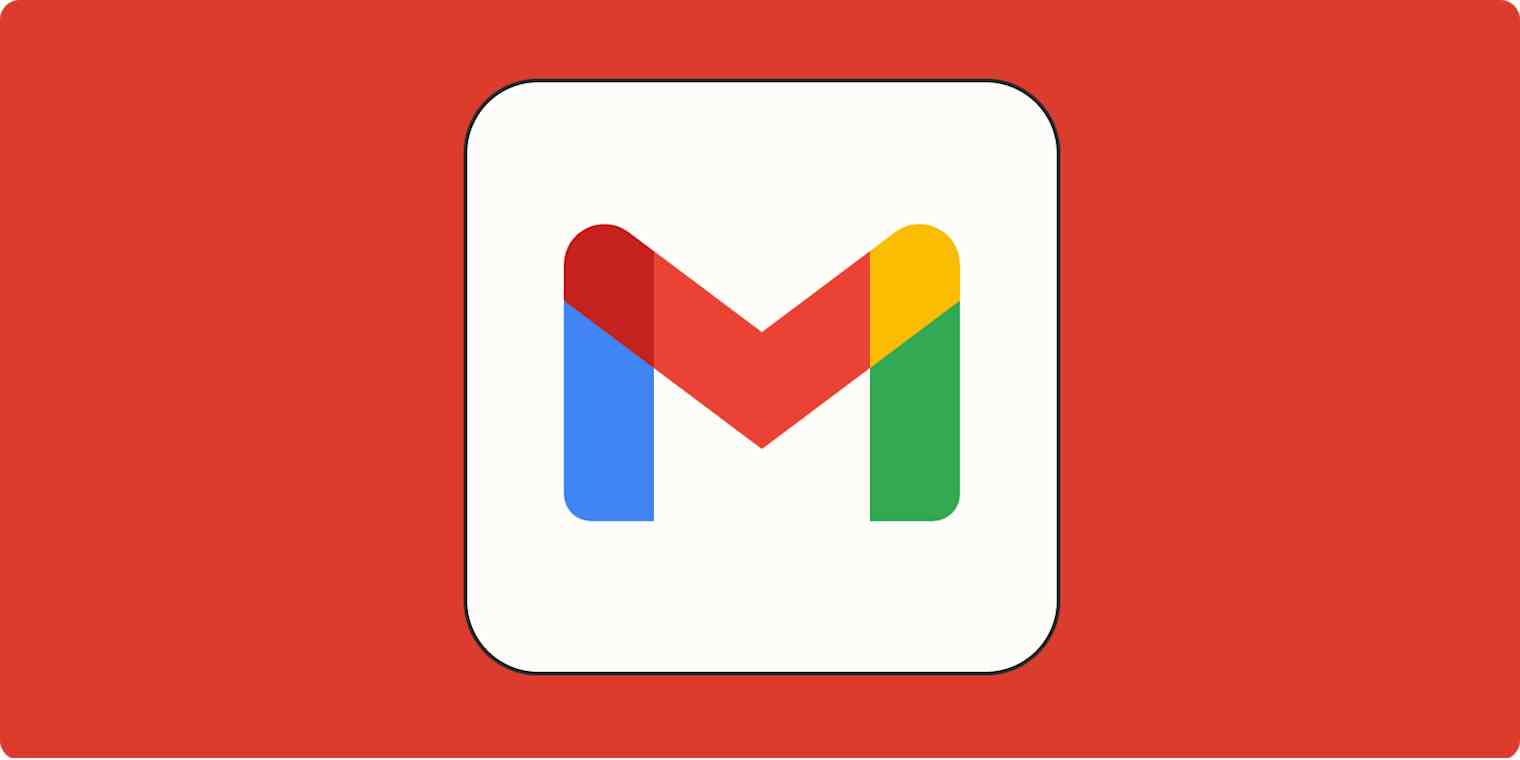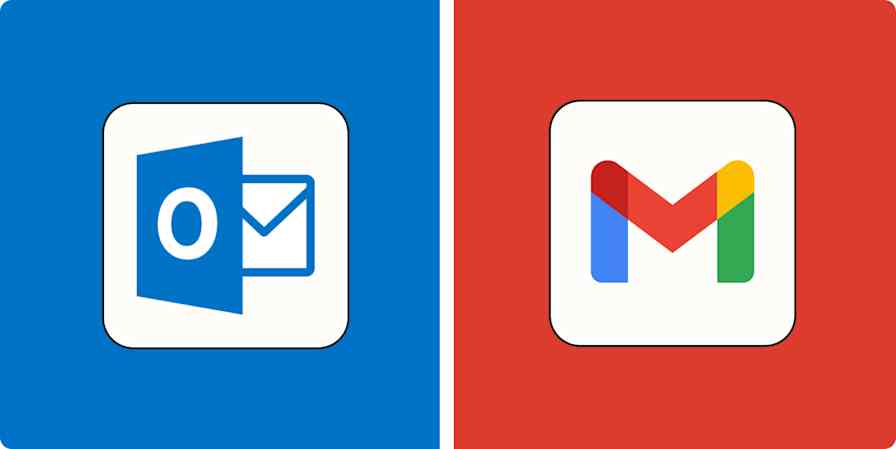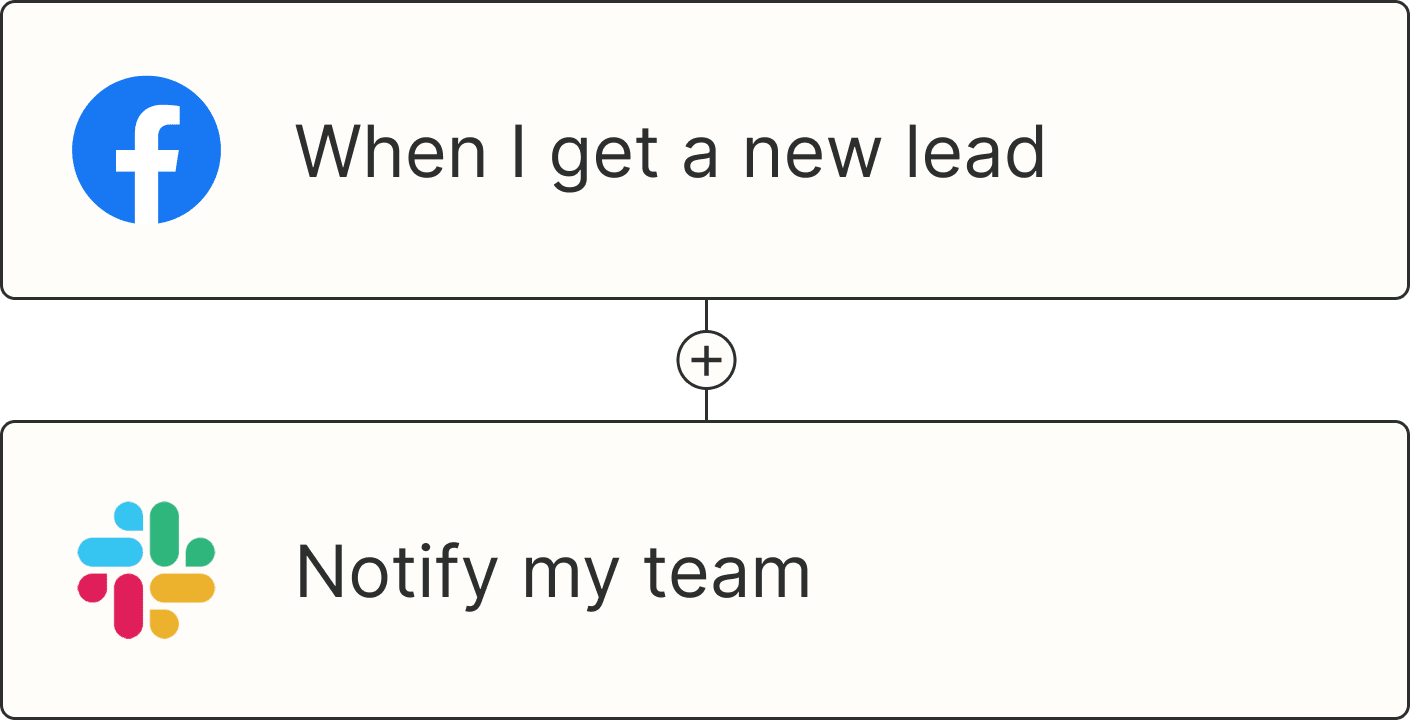If I could templatize everything in my life, I probably would. Breakfast when I wake up late? Lounge outfit for a Wednesday with no Zoom meetings? Quippy intro for articles I write about Gmail? Template, template, template.
Suffice it to say I use Gmail email templates every day. And if you're like me, the prospect of spending several minutes now to save yourself multiple seconds later is incredibly appealing.
To help you do that, I'll show you how to create email templates in Gmail—and how to make the most of them with automation ideas and best practices.
Table of contents:
How to create email templates in Gmail
Here's the short version of how to create email templates in Gmail (keep scrolling for more details).
Click Settings > See all settings.
Click the Advanced tab and enable templates.
Go back to your inbox and compose a new message.
Enter your templated subject line and message.
At the bottom of the email, click More options > Templates > Save draft as template > Save as new template.
Change the template title or leave it as the subject line.
That's it! Now for the detailed breakdown with screenshots.
Before you can create an email template in Gmail, you need to first enable the feature (it's disabled by default).
From your inbox, click the Settings cog icon, and then click See all settings.

Click the Advanced tab.
Next to Templates, click Enable.
Click Save Changes.

Now you're ready to create email templates.
Return to your inbox, and click Compose.

Enter the message and subject line you'd like to templatize. Don't enter any recipients yet, as they won't be saved in the template (though you can create Gmail groups later).
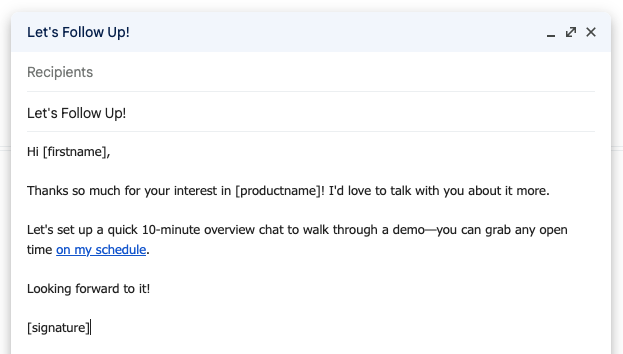
Click the More options icon, which looks like three dots stacked vertically (
⋮), at the bottom of the message window.Click Templates > Save draft as template > Save as new template.
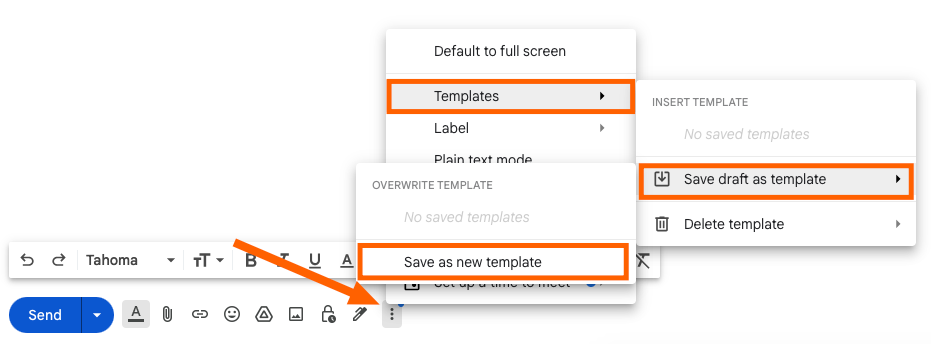
You'll be prompted to name the template—either leave it as the subject line or give it a descriptive title, then hit Save. Note: the title of your template will automatically populate as your subject line.
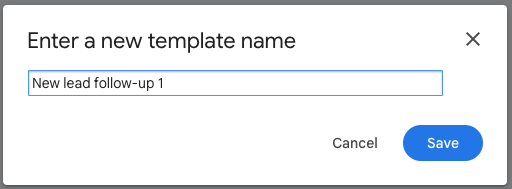
How to use templates in Gmail
Once you save an email template in Gmail, the process of using one is identical—you just pick a template from a list instead of saving a new one.
From your inbox, click Compose. Or click the Reply button if you're using a template in a reply.

Click the More options icon (
⋮).Click Templates, and then select the saved template you want to use.
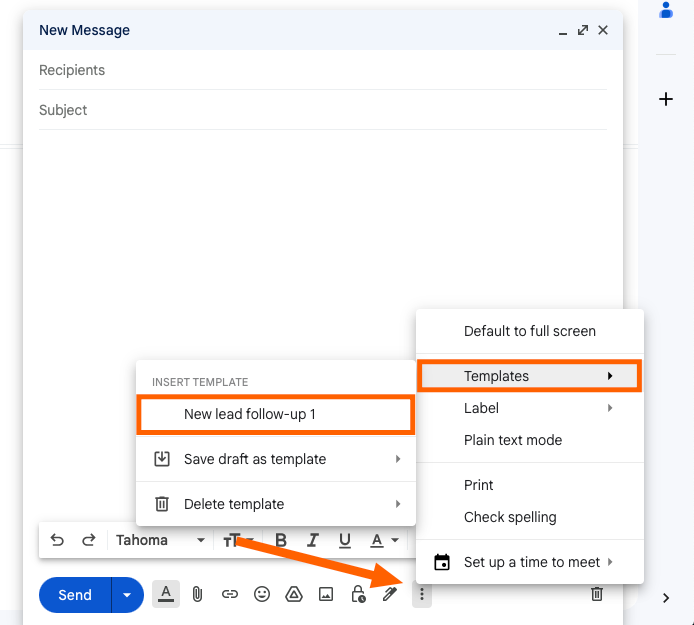
Your templated message will automatically populate in your message window. Remember: Your template title will automatically become the subject line of your email so be sure to change the subject line before sending. (I almost want to put that in all caps—don't forget this step!)
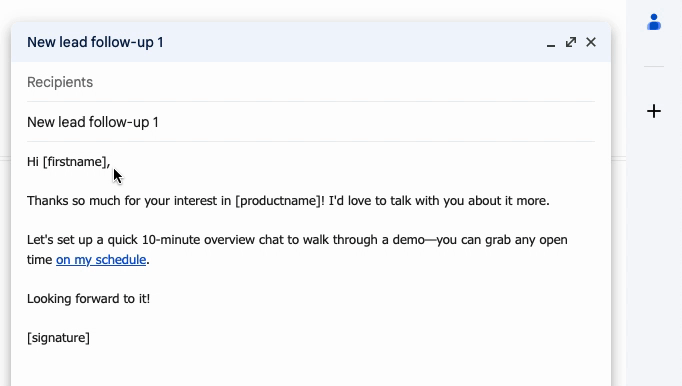
How to edit email templates in Gmail
Editing a Gmail template is very similar to creating one. Here's how it works.
Return to your inbox, and click Compose. Or click Reply in an open email.

Click the More options icon (
⋮).Click Templates, and then select the template you'd like to edit.

Edit the text to your liking, including both the body and subject line copy.
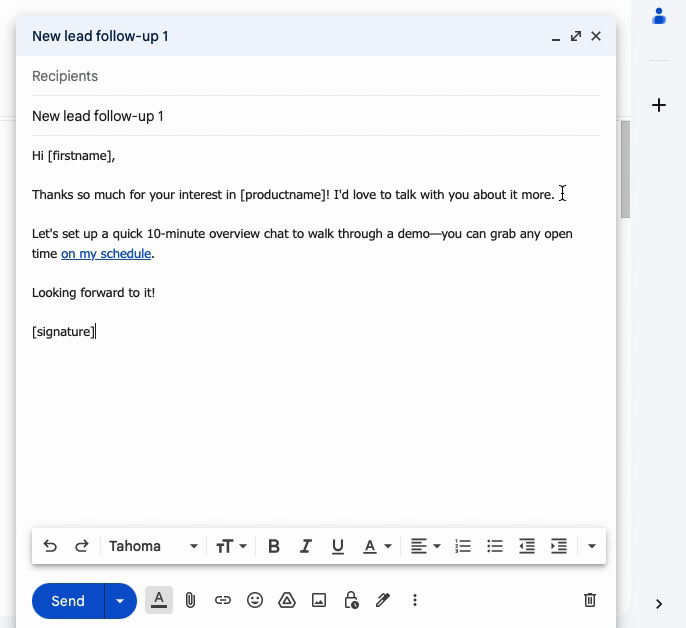
Click the More options (
⋮).Click Templates, and then select Save draft as template.
Click the title of the template you're editing (it will say "OVERWRITE TEMPLATE" above it).
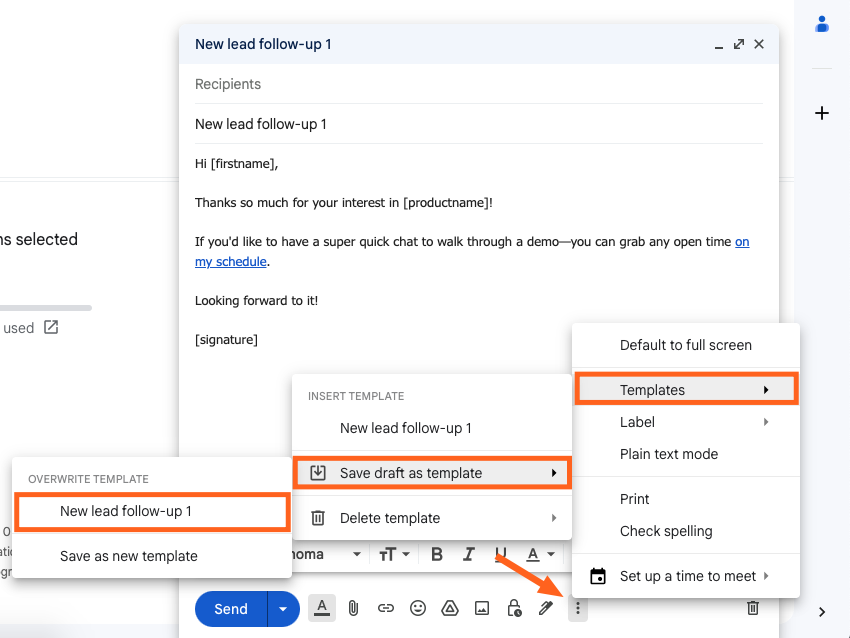
You'll be prompted to confirm your choice—click Save to wrap up.
How to delete email templates in Gmail
If you no longer need an email template, here's how to delete it.
With your new message window open, click the More options icon (
⋮).Click Templates and then select Delete template.
Select the template you want to delete.

In the popup that appears, click Delete to confirm.
Gmail email templates: Tips and best practices
While there's not a lot of nuance to creating and editing Gmail email templates, there is a bit of complexity to how you execute them. Here are a few tips for using Gmail templates effectively.
Beware the subject line
It's no accident that I've noted this several times already, and it bears repeating again: your template title becomes your subject line.
So unless you want to greet your high-value leads, senior stakeholders, or judgy coworkers in accounting with emails called things like "Fish in a barrel leads" or "Generic meeting confirmation template," you've got two options.
The first is to be intentional about titling your templates with subject lines. The upside is that you never run the risk of the accounting team judging your lack of attention to detail. The downside is that it could be harder to find the template you want as your gallery grows.
The second option is to use the convention of titling your templates with descriptive names. While this helps you keep them organized, it means you always run the risk of forgetting to change the subject.
Make placeholders obvious
This goes for just about any template, from meeting minutes to newsletters to one-pagers: make your placeholders as obvious as possible. Think all caps, bolded text, bright colors, and brackets. I'm pretty sure no one has ever responded to an email addressed to "[firstname]," and you shouldn't try to become the first one to pull that off.
You can't have too many templates
Remember, you don't have to use every template you create—but you can't use the templates you don't. Even if you're only changing a few words from one template to another, it's still worthwhile to make separate ones, especially if you use them often.
The beauty of templates is that you don't have to spend time on them once they're done, so make each one reduce as many variables as possible.
Automate with filters
There are approximately a zillion ways to automate Gmail with filters, and Gmail's email templates are not excluded from that list.
To automate email responses with filters and templates:
Select an email.
Click the More options icon, and select Filter messages like these.
Set the parameters for the messages you'd like to apply the filter to.
Click Create filter, check the box by Send template, and select the template of your choice from the dropdown.
Boom: every time you get an email that matches your filter, it will automatically respond with a template.
Use third-party apps
To level up your template creation, there are a few third-party applications and extensions you can use.
Generative AI: Use ChatGPT prompts to create sales email templates and then load them into Gmail.
Mobile extensions: For reasons passing understanding, you can't use templates from the mobile Gmail apps, but extensions like Email Templates by cloudHQ can remedy that.
Gmail extensions/add-ons: There are also Gmail extensions and add-ons designed specifically to improve Gmail utility. You can use them to improve your template workflows with integrations to apps like Trello and Asana.
Send en masse with groups
As I mentioned earlier, Gmail templates don't save recipients, no matter how hard you try (and I've tried—hard). However, you can use Gmail groups to expedite the group-send process if you tend to use templates for iterable batches.
Open your Google Contacts profile.
Create a new label and name it.
Pick contacts to group together.
Add those contacts to the label.
When you load a template, type the name of the label into the recipient line.
For more details, check out Zapier's step-by-step guide on how to create a group in Gmail.
Schedule templated emails
You can also apply your templates to scheduled emails, so you can organize sequences or send follow-ups at predetermined intervals. Just open a new email, load a template as outlined above, and schedule the send for a time of your choosing.
Automate Gmail
In some ways, the Gmail email template situation is surprisingly limiting. But there are other ways to make Gmail more flexible, including automating it with Zapier. For example, you can use Zapier to send those templated emails through Gmail when you get new leads from places like Facebook Ads or Google Forms. Learn more about how to automate Gmail, or get started with these examples.
Save new Gmail emails matching certain traits to a Google Spreadsheet
Send emails via Gmail when Google Sheets rows are updated
Zapier is the leader in workflow automation—integrating with thousands of apps from partners like Google, Salesforce, and Microsoft. Use interfaces, data tables, and logic to build secure, automated systems for your business-critical workflows across your organization's technology stack. Learn more.
How to create email templates in Gmail: FAQs
Creating email templates in Gmail is relatively straightforward. But there are a few template-related workflows that are less than obvious. If you've got more questions about creating templates, check out these answers.
Can you add attachments to Gmail templates?
You can't add attachments directly to Gmail templates, but there is a workaround.
Store the attachment you want to add to your Google Drive.
Create a new email template in Gmail as you normally would.
From the toolbar at the bottom of your message composition window, click the Insert files using Drive icon (it's the Google Drive triangle logo).
Find and select the file you want to attach.
Click Add as link.
Save your email template.
Your attachment will appear as a link that will open in a new window when clicked.
Can you use templates in the Gmail mobile app?
Gmail doesn't offer built-in functionality to use templates in the mobile app. But you can use a third-party app to work around this.
Where are Gmail templates stored?
Gmail email templates are automatically stored in your Drafts folder (found in the left-hand panel of your Gmail account).
Can you share Gmail templates?
The only way to share a Gmail email template is by sending it to the person who wants to use it. From there, they can save it as their own template.
Related reading:
This article was originally published in April 2024. The most recent update, with contributions from Jessica Lau, was published in February 2025.
